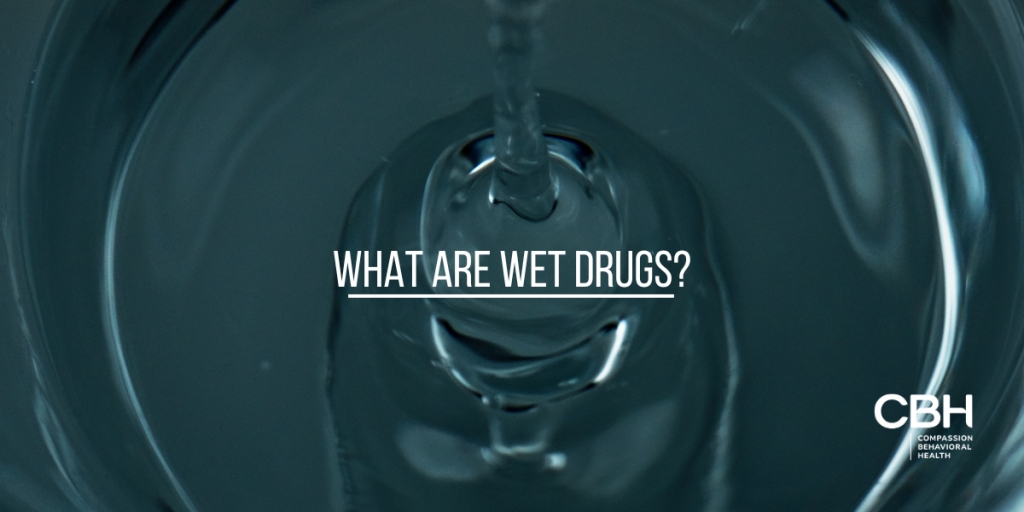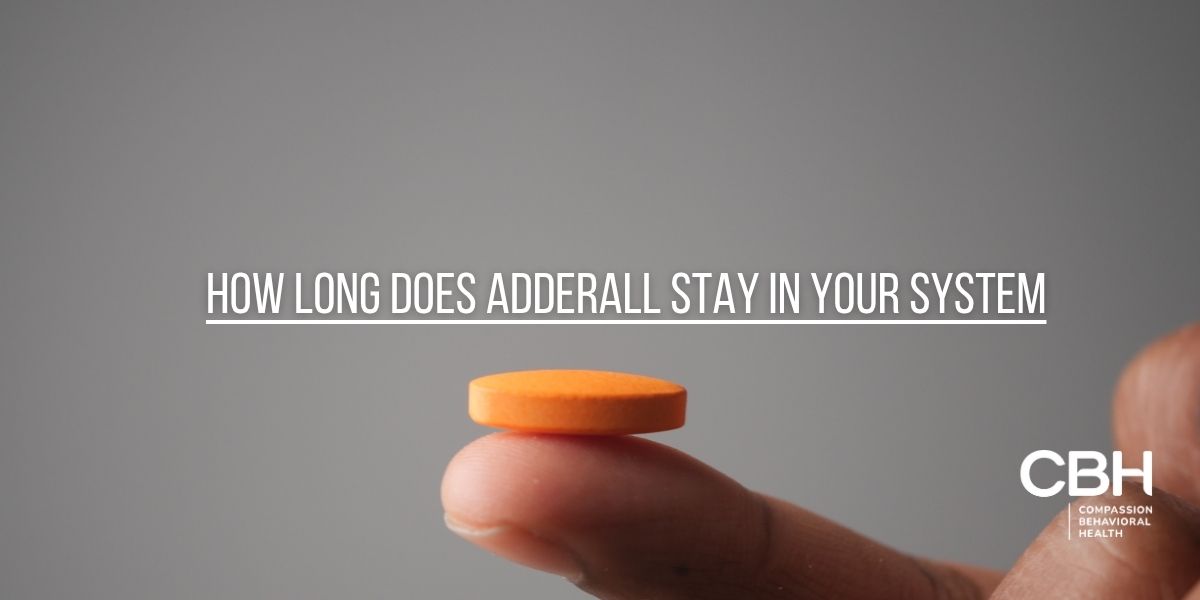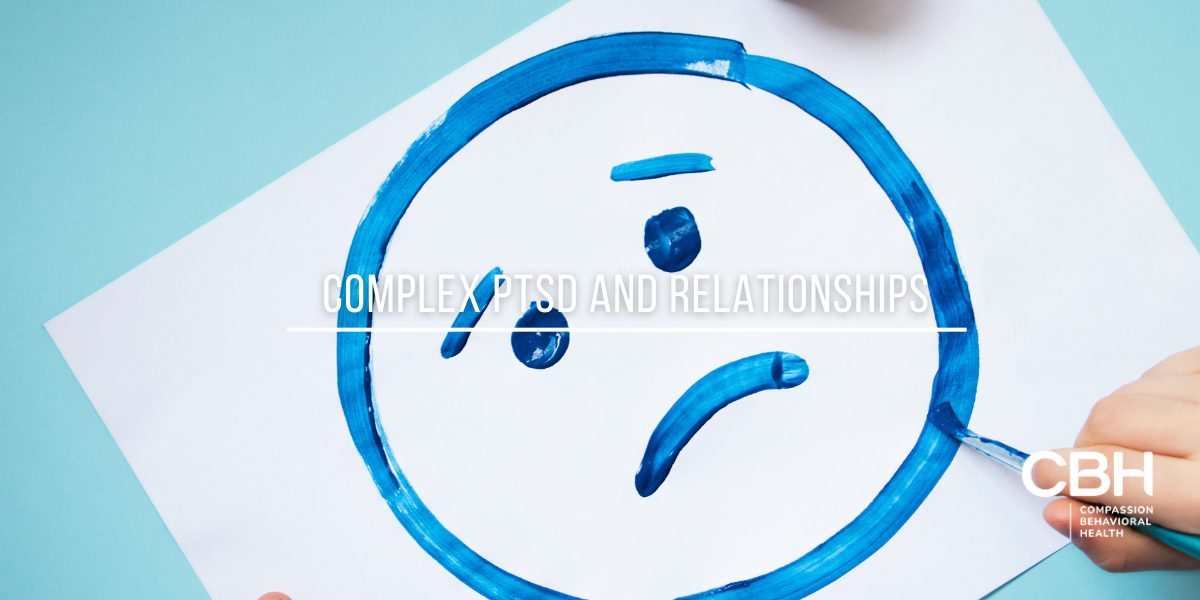Wet drugs, also known as embalming fluid drugs, are a dangerous and potent form of drug abuse that can have devastating effects on users.
Common side effects and dangers associated with wet drugs include,
- Confusion
- Paranoia
- Delirium
- Violent behavior
- Psychosis
- Volatile mood swings
- Memory loss
- Cognitive impairments
- Psychological disorders
- Permanent damage to the brain and vital organs
In this comprehensive guide, we will delve into the composition, pharmacology, and dangers of wet drugs. We will also explore the link between wet drugs and addiction, as well as the available treatment options for those struggling with wet drug addiction.
Defining Wet Drugs
Wet drugs, also known as “water” or “fry,” are drugs laced with embalming fluid, a substance used to preserve human cadavers. This combination of substances creates a highly potent and hallucinogenic drug that can produce euphoria, sensory distortions, and dissociation from reality.
Wet drugs have gained notoriety in recent years due to their powerful effects and the risks associated with their use. The use of embalming fluid as an additive to drugs is highly dangerous and can have severe health consequences.

When embalming fluid is combined with a drug base, such as marijuana or PCP, it creates a unique and potent concoction that can have unpredictable effects on the user. The chemicals in embalming fluid, including formaldehyde, methanol, and ethanol, interact with the drug base to produce a highly intense and potentially dangerous high.
The Composition of Wet Drugs
Wet drugs typically consist of a drug base, such as marijuana or PCP, laced with embalming fluid. The embalming fluid contains various chemicals, including formaldehyde, methanol, and ethanol, which contribute to the intense effects experienced by users.
Formaldehyde, a key component of embalming fluid, is a highly toxic and volatile substance. It is primarily used to preserve tissues and prevent decomposition. When ingested or inhaled, formaldehyde can cause severe respiratory distress, irritation of the eyes, nose, and throat, and even damage to the central nervous system.
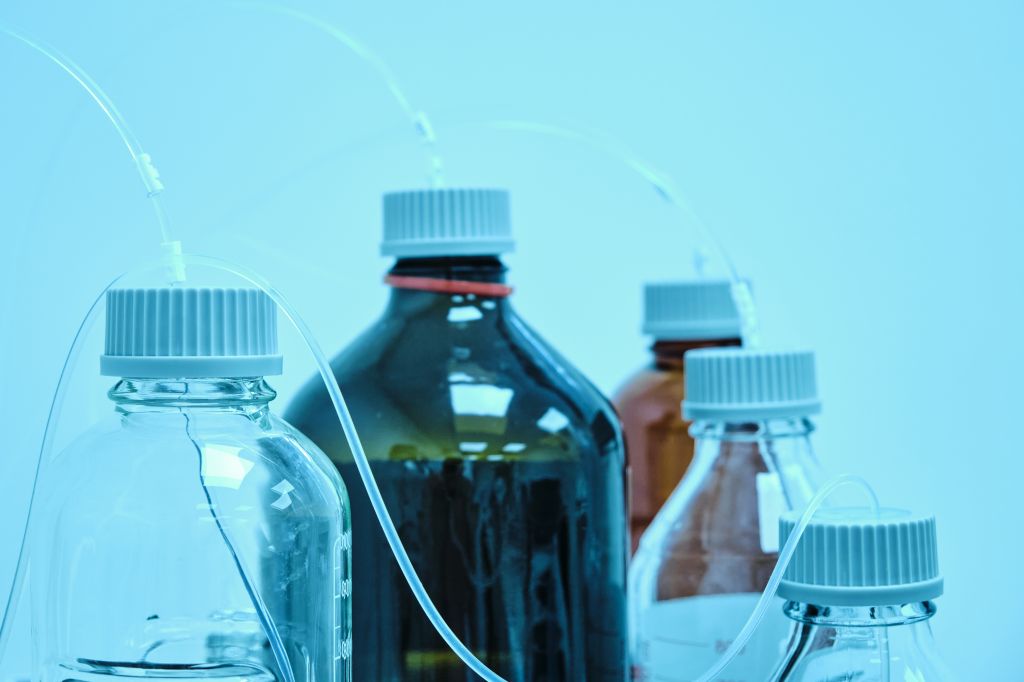
Methanol, another chemical found in embalming fluid, is a highly toxic alcohol that can cause blindness or even death when consumed in large quantities. It is often used as a solvent or fuel, but its ingestion can lead to severe metabolic acidosis, neurological damage, and organ failure.
Ethanol, the third major component of embalming fluid, is a type of alcohol commonly found in alcoholic beverages. While ethanol itself can have intoxicating effects, the concentration found in embalming fluid is much higher and can lead to severe alcohol poisoning and liver damage.
Common Street Names for Wet Drugs
Due to the drug’s popularity, wet drugs have acquired several street names. Some of the most common ones include “wet,” “water,” “fry,” “amp,” and “sherm.” These names may vary depending on the region or local drug culture.
The use of street names for wet drugs serves as a way for users to discreetly discuss and refer to the drug without drawing unwanted attention. These names often evolve and change over time as new slang terms emerge within the drug community.
It is important to note that the use of street names for wet drugs can vary from one area to another. Different regions may have their own unique names for the drug, reflecting the local drug culture and slang. This can make it challenging for law enforcement and healthcare professionals to keep up with the ever-changing terminology.
The Pharmacology of Wet Drugs
Understanding the pharmacological effects of wet drugs is crucial in comprehending the risks and potential consequences associated with their use.
Wet drugs, also known as embalming fluid drugs, are a type of illicit substance that contains phencyclidine (PCP) mixed with embalming fluid. This combination creates a potent and dangerous concoction that can have severe effects on the brain and body.
How Wet Drugs Affect the Brain
When consumed, wet drugs activate and disrupt various neurotransmitter systems in the brain. The primary psychoactive compound in wet drugs, PCP, binds to NMDA receptors, leading to altered perception, distorted thinking, and intense hallucinations.
PCP’s interaction with NMDA receptors causes a disruption in the normal functioning of glutamate, an excitatory neurotransmitter. This disruption leads to an imbalance in the brain’s chemical signaling, resulting in the characteristic effects of wet drug use.
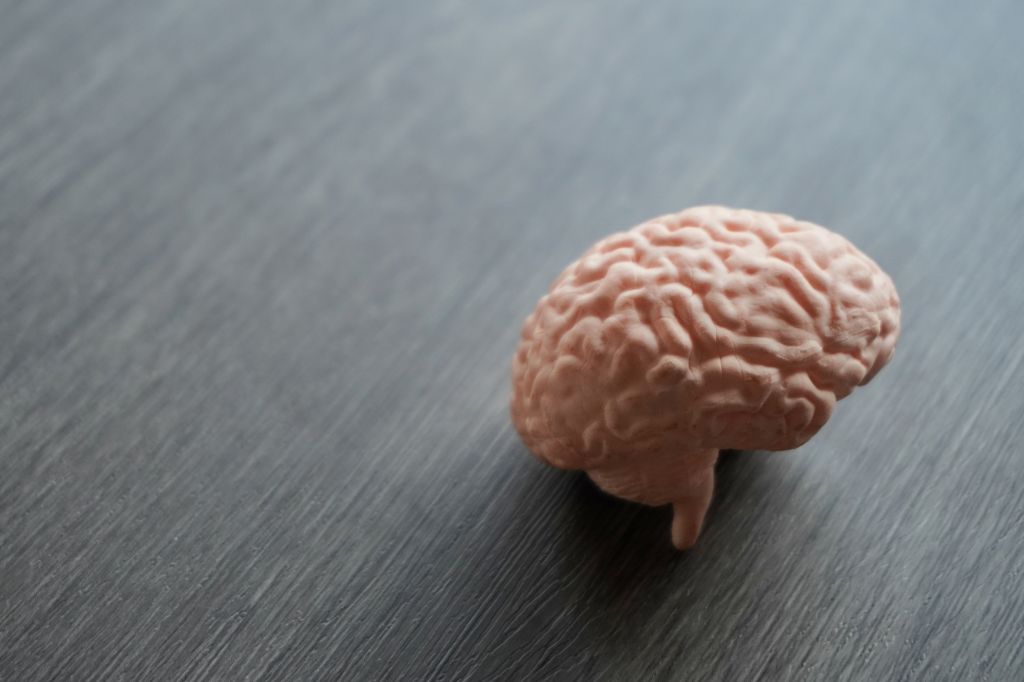
Furthermore, wet drugs also affect other neurotransmitter systems, such as dopamine and serotonin. The altered balance of these neurotransmitters can contribute to mood swings, impaired judgment, and changes in behavior.
The Physical Impact of Wet Drugs
Aside from the profound effects on the brain, wet drugs can also have significant physical impacts on the body. High doses of embalming fluid can lead to respiratory distress, increased heart rate, elevated blood pressure, seizures, and even organ failure.
The toxic chemicals present in embalming fluid, such as formaldehyde, can cause damage to various organs, including the liver, kidneys, and lungs. Prolonged use of wet drugs can result in chronic health issues and irreversible damage to these vital organs.
Additionally, the physical impact of wet drugs extends beyond internal organ damage. Users may experience muscle rigidity, tremors, and impaired coordination. These physical symptoms can increase the risk of accidents, falls, and injuries.
Moreover, wet drugs can have long-lasting effects on the body’s immune system. The constant exposure to toxic substances weakens the immune response, making individuals more susceptible to infections and diseases.
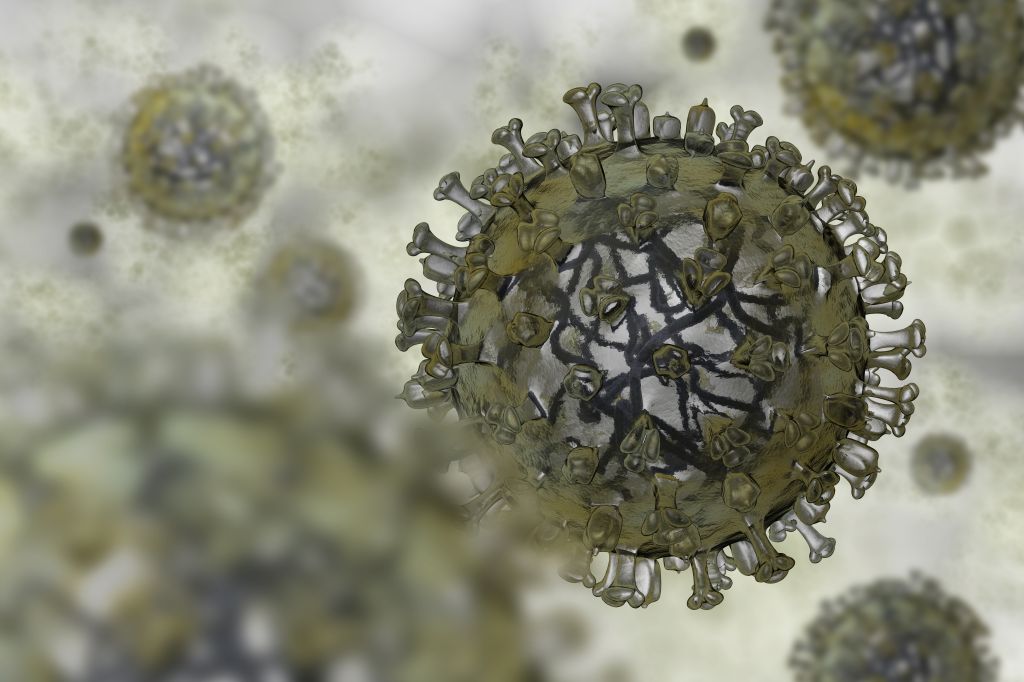
It is important to note that the physical impact of wet drugs can vary depending on the individual, the dosage consumed, and the frequency of use. However, even a single use of these substances can have severe consequences for both the brain and body.
The Dangers of Wet Drugs
Wet drugs pose numerous risks to both short-term users and those with long-term dependence.
Short-Term Effects of Wet Drugs
Short-term effects of wet drug use include confusion, paranoia, delirium, violent behavior, and even psychosis. Users may experience volatile mood swings, making them unpredictable and potentially dangerous to themselves and others.

Long-Term Consequences of Wet Drug Use
Continued use of wet drugs can have severe long-term consequences. Chronic wet drug abuse can lead to memory loss, cognitive impairments, psychological disorders, and permanent damage to the brain and vital organs.
Wet Drugs and Addiction
Wet drugs have a high potential for addiction, compounding the dangers associated with their use.
Recognizing Signs of Wet Drug Addiction
Identifying the signs of wet drug addiction can help individuals and their loved ones seek timely intervention. Common signs include
- Craving for the drug
- Tolerance
- Withdrawal symptoms
- Neglecting responsibilities
and experiencing negative consequences due to drug use.
The Path to Wet Drug Dependence
Wet drug dependence often begins with experimental use or recreational drug use and can quickly progress into a full-blown addiction. The drug’s intense effects and the accompanying sense of escape or euphoria can lead individuals down a destructive path of dependence.
Treatment Options for Wet Drug Addiction
Recovery is possible for those struggling with wet drug addiction. However, seeking professional help is crucial for successful treatment.
Detoxification and Withdrawal from Wet Drugs
Detoxification, the first step in the treatment process, involves the removal of the drug from the user’s body. This process should be supervised by medical professionals who can manage the potentially severe withdrawal symptoms.
Therapy and Rehabilitation for Wet Drug Users
Therapy and rehabilitation play a vital role in helping individuals overcome wet drug addiction. Individual counseling, group therapy, and behavioral therapy are commonly utilized approaches to address the underlying causes of addiction and provide valuable coping mechanisms for a drug-free life.
In conclusion, wet drugs represent a significant danger to individuals who misuse them. Understanding what wet drugs are, their composition, and potential consequences can empower individuals to make informed decisions and seek help if necessary. Remember, addiction is a treatable disease, and with the right support and treatment, individuals can overcome wet drug addiction and reclaim their lives.

Wet Drug Addiction Treatment at CBH
For those who find themselves struggling with wet drug addiction, seeking help is crucial for recovery. Compassion Behavioral Health offers a specialized treatment program designed to address the unique challenges posed by wet drug addiction. Our comprehensive approach includes tailored therapy and rehabilitation. Our experienced team of professionals provides individual counseling, group therapy, and behavioral therapy to address the underlying causes of addiction and equip individuals with essential coping skills for a drug-free life.
We understand that wet drug addiction can be particularly challenging, but we are here to support you every step of the way on your journey to recovery. With Compassion Behavioral Health, you can take the first step towards a healthier and drug-free future. Call us today to speak with one of our experienced intake specialists.
